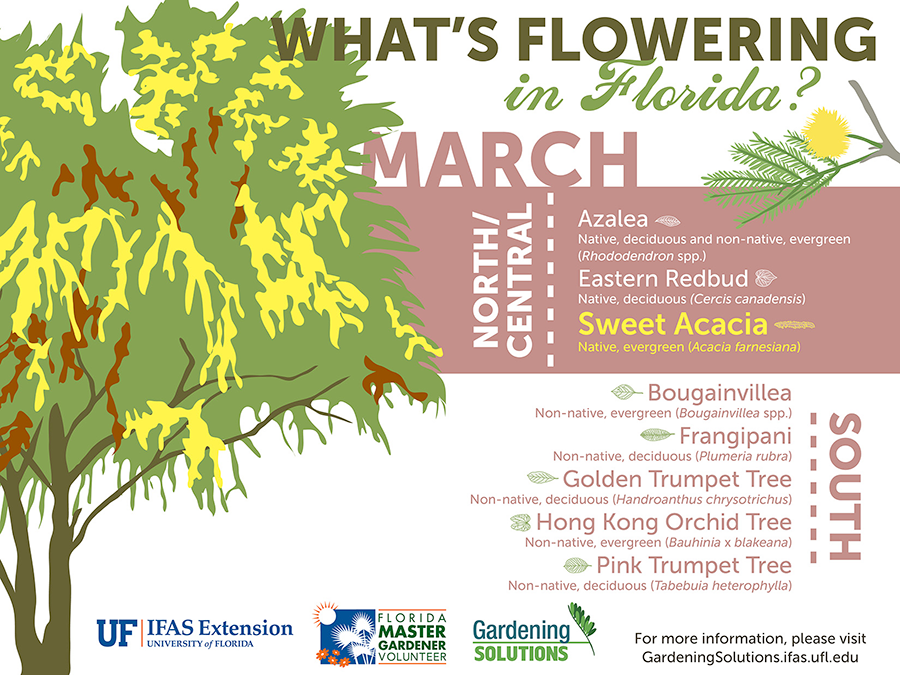Recognizing The Ecological Consequences Of Tree Elimination: Crucial Information For You
Recognizing The Ecological Consequences Of Tree Elimination: Crucial Information For You
Blog Article
Article By-Willard Boyette
When it involves the environmental effect of tree elimination, there are crucial aspects that require your attention. From the complex web of relationships within ecological communities to the subsequent results on climate patterns, the consequences are profound. You might be amazed to uncover the elaborate ways in which the removal of trees can resound throughout the environment. Keep tuned to unwind the detailed links and ramifications of this apparently uncomplicated act.
Logging and Environment Loss
Deforestation and environment loss are essential concerns originating from tree elimination. When trees are lowered, it interferes with entire ecological communities. Not only are the trees themselves lost, but the homes and food sources of countless plant and pet varieties are destroyed as well. Birds lose their nesting sites, creatures shed their shelter, and insects shed their habitats. The results ripple via the food cycle, influencing killers and target alike.
In addition, logging adds to environment modification. Trees play a critical function in soaking up co2, a greenhouse gas that traps warm in the ambience. With fewer trees, there's much less carbon dioxide absorption, leading to enhanced degrees of this gas in the atmosphere and exacerbating worldwide warming.
Environment loss is a straight result of logging, as the devastation of forests implies the loss of unique and varied ecological communities. Numerous varieties are unable to adjust to quick changes in their setting, leading to population declines and, sometimes, termination.
Safeguarding forests is necessary to keeping the fragile equilibrium of nature and making certain the survival of many plant and animal types.
Influence on Biodiversity
The removal of trees has a substantial influence on biodiversity, influencing the variety and wealth of plant and pet varieties in a location. Trees give habitat and food resources for numerous organisms, from bugs to birds to mammals. When https://thedailychronicle.in/market-reports/2159206/global-plant-factory-grow-lights-market-size-2020-industry-share-growth-business-challenges-investment-opportunities-covid-19-impact-analysis-key-manufacturers-and-2026/ are gotten rid of, these varieties shed their homes and resources of food, leading to a decrease in their populations. This disruption can have cascading impacts on the entire ecological community.
Moreover, trees play a crucial role in preserving biodiversity by producing microhabitats within their covers, trunks, and origins that support a variety of types. When trees are reduced, these specialized atmospheres are damaged, decreasing the general variety of the location.
Furthermore, the removal of trees can cause a decline in genetic diversity within plant populations, as specific tree species might no more be able to recreate or spread successfully. Protecting trees and woodlands is necessary for protecting biodiversity and making sure the health of ecosystems for future generations.
Soil Erosion and Climate Adjustment
With trees being eliminated from an area, the interruption of dirt structure and security takes place, causing enhanced soil disintegration. Trees play a crucial duty in stopping disintegration by holding dirt in position with their root systems. When trees are eliminated, especially in large numbers, the dirt becomes a lot more at risk to disintegration from wind and water. This disintegration not only impacts the instant surroundings yet can additionally cause sedimentation in nearby water bodies, impacting water top quality and water ecological communities.
In please click the following website , trees help regulate the climate by taking in carbon dioxide throughout photosynthesis. When trees are reduced, this natural carbon sink is diminished, adding to enhanced levels of greenhouse gases in the environment. This can exacerbate climate adjustment, bring about even more extreme climate events and interruptions in environments worldwide.
As a result, the removal of trees not only accelerates dirt disintegration yet likewise contributes in the bigger ecological issue of environment change. It's important to take into consideration these elements when analyzing the influences of tree elimination on the environment.
Conclusion
Since you know the environmental effect of tree elimination, think about the effects before cutting down trees. Deforestation interferes with ecosystems, lowers biodiversity, and adds to soil erosion and climate adjustment. By bearing in mind the impact of tree elimination, you can aid shield our setting and protect the fragile equilibrium of nature. Make educated selections and think about alternative services to reduce the negative results on our earth.
